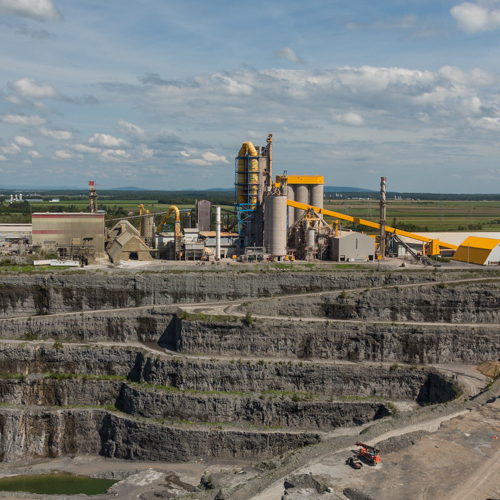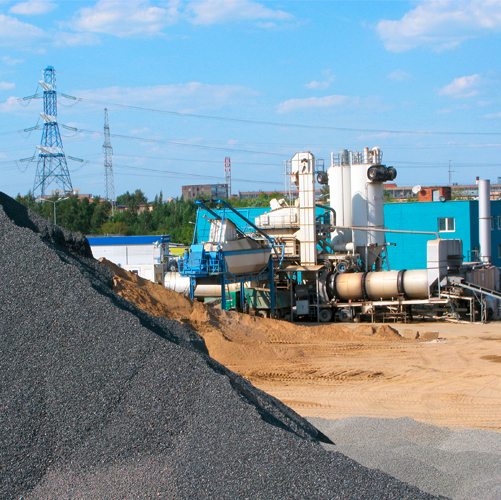Today, due to concern for our environment, many green solutions are being developed, even in the most polluting sectors, such as transportation. One of these transportation solutions has something to attract decision-makers, manufacturers and consumers: natural gas vehicles (NGV).
1. Québec and GHG
Every year, the Ministère du Développement durable, de l’Environnement et des Parcs
publishes the province’s greenhouse gas (GHG) emissions inventory sheet, providing the breakdown of these emissions by economic sector. Industry and transportation mainly stand out in this balance sheet.
However, the trend of their annual share is very different. While the industrial sector reduced GHG emissions by 7.1% between 1990 and 2006, the transportation sector saw its emissions grow by 21.9%, so much so that in 2006, transportation accounted for 40% of the province’s total GHG emissions.
Between 1990 and 2006, total GHG emissions remained stable (slight increase of 1.6%). The 2020 target for Québec is 20% lower than the 1990 level.
In this context, innovations in the transportation sector seem to be an opportunity to explore, certainty offering a wide range of solutions capable of converging on this goal.
Here is an overview of the emissions caused by combustion of each fuel likely to be used in transportation. In short, a great-er share for natural gas in transportation would help achieve the objective.
Table 1: GHG Emissions
| Fuel | GHG (kg CO2e) per unit of energy (GJ) | Difference from natural gas emissions |
| Natural gas | 50,198 | 0 |
| Propane | 60,477 | +17% |
| Diesel | 72,125 | +30% |
| Gasoline (automobile) | 68,145 | +26% |
2. Natural gas vehicles (NGV)
Several NGVs have been on the road worldwide for many years. These are mainly fleets of urban public vehicles, such as buses or dump trucks. In the past few years, they have increased from 2.8 million in 2003 to about 9.4 million currently.
Natural gas combustion drastically reduces the presence of pollutants compared to the fuels generally used for vehicles. These pollutants are responsible for the smog present in major metropolitan areas. The use of natural gas in urban vehicles thus contributes to obtain cleaner air.
Challenges arise, because the liquid fuel industry has developed for over 100 years. The distribution logistics run very smoothly and are well assimilated by users. Natural gas is delivered by pipelines and requires a refueling point configuration, especially since natural gas tanks are less autonomous than gasoline or diesel tanks.
Although maintenance and refueling costs are lower than for conventional vehicles, the initial purchase costs are higher. In many regions of the world, these difficulties have already been overcome by logistics adapted to this promising fuel.
3. NGV technologies
Natural gas vehicles have cylindrical fuel tanks made of steel, aluminium, fiberglass or carbon fibre. Most of the time, the tank is installed in the vehicle’s trunk, but it can also be located under the vehicle. Vehicles can use two types of fuel, compressed natural gas or, more rarely, liquefied natural gas.
A tank is filled with compressed natural gas the same way as a gasoline tank. The compressed natural gas engine works very similarly to internal combustion engines using other fuel sources.
Other vehicles have the possibility of using gasoline (or diesel) and natural gas, thus providing more flexibility. Originally des-igned to run on gasoline, they have been modified to use natural gas as well. These vehicles are generally less efficient than those originally designed to run exclusively on natural gas.
Finally, research is continuing and teams are also considering the use of a mixture of compressed natural gas and hydrogen. General Motors has also developed an engine capable of using compressed natural gas, alcohol and gasoline. A Fiat subsidiary has produced a car which can run on ethanol, gasoline or natural gas, depending on the power required by road conditions.
4. Natural gas in Canada
In Canada, natural gas is a reliable solution, thanks to the quality of its distribution networks and its price, which is less subject to international market fluctuations.
Natural gas is used for vehicles in most Canadian provinces. Government fuel efficiency standards, expressed in kilograms of carbon dioxide per kilometre, are conducive to increasing adoption of natural gas by manufacturers and users.
| A FEW STATISTICS |
|
Abdelhaq El Ouardi, Eng.,
Technical Advisor
DATECH Group
Source: “Les véhicules à gaz naturel, une option de plus en plus prisée”, Gaz Québec, summer 2009, Association québécoise du gaz naturel (AQGN), pp. 4-5.
Continue reading









